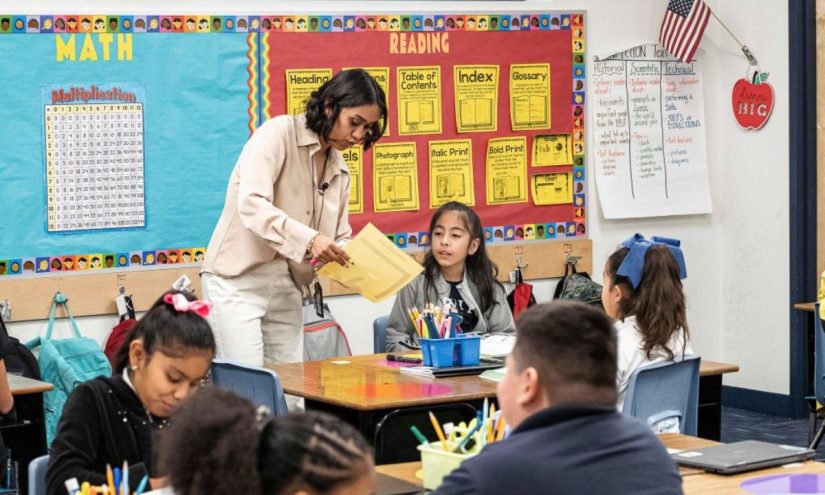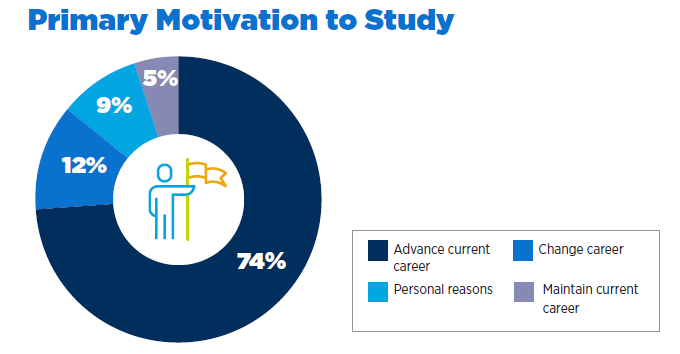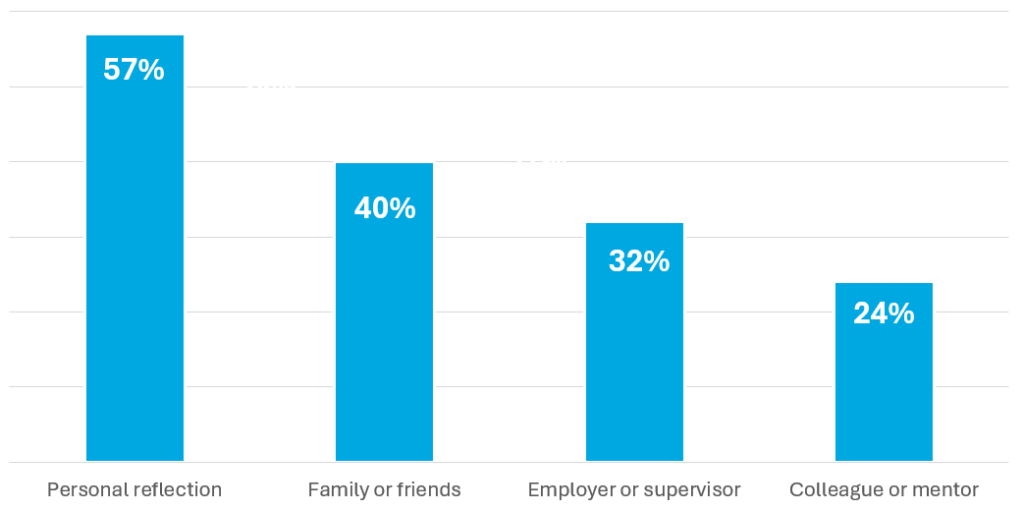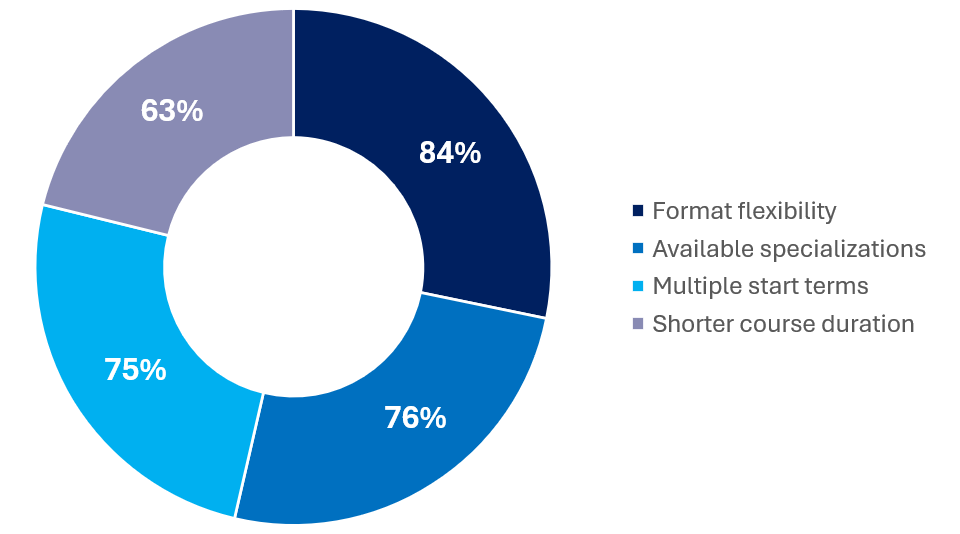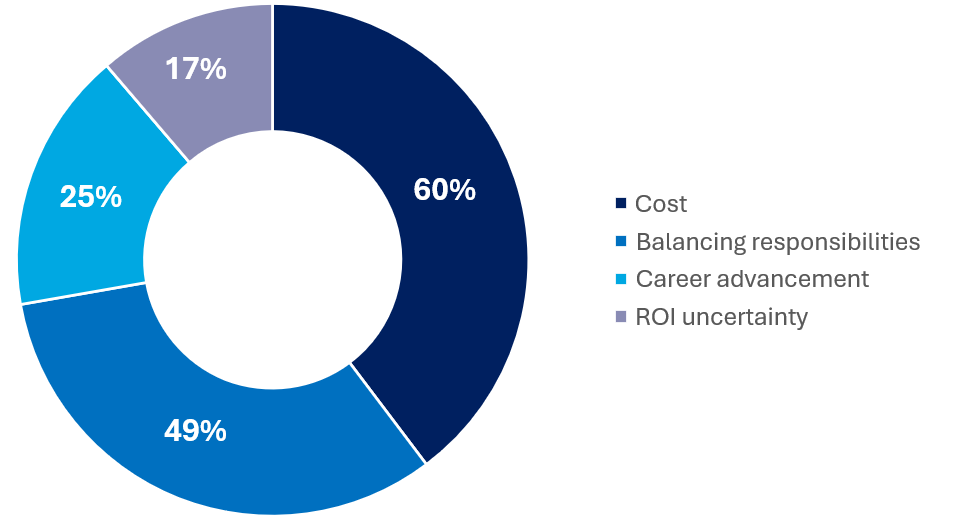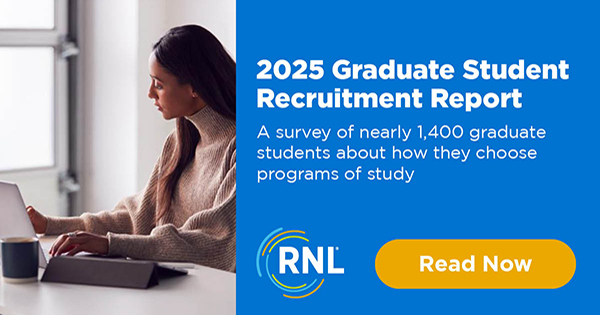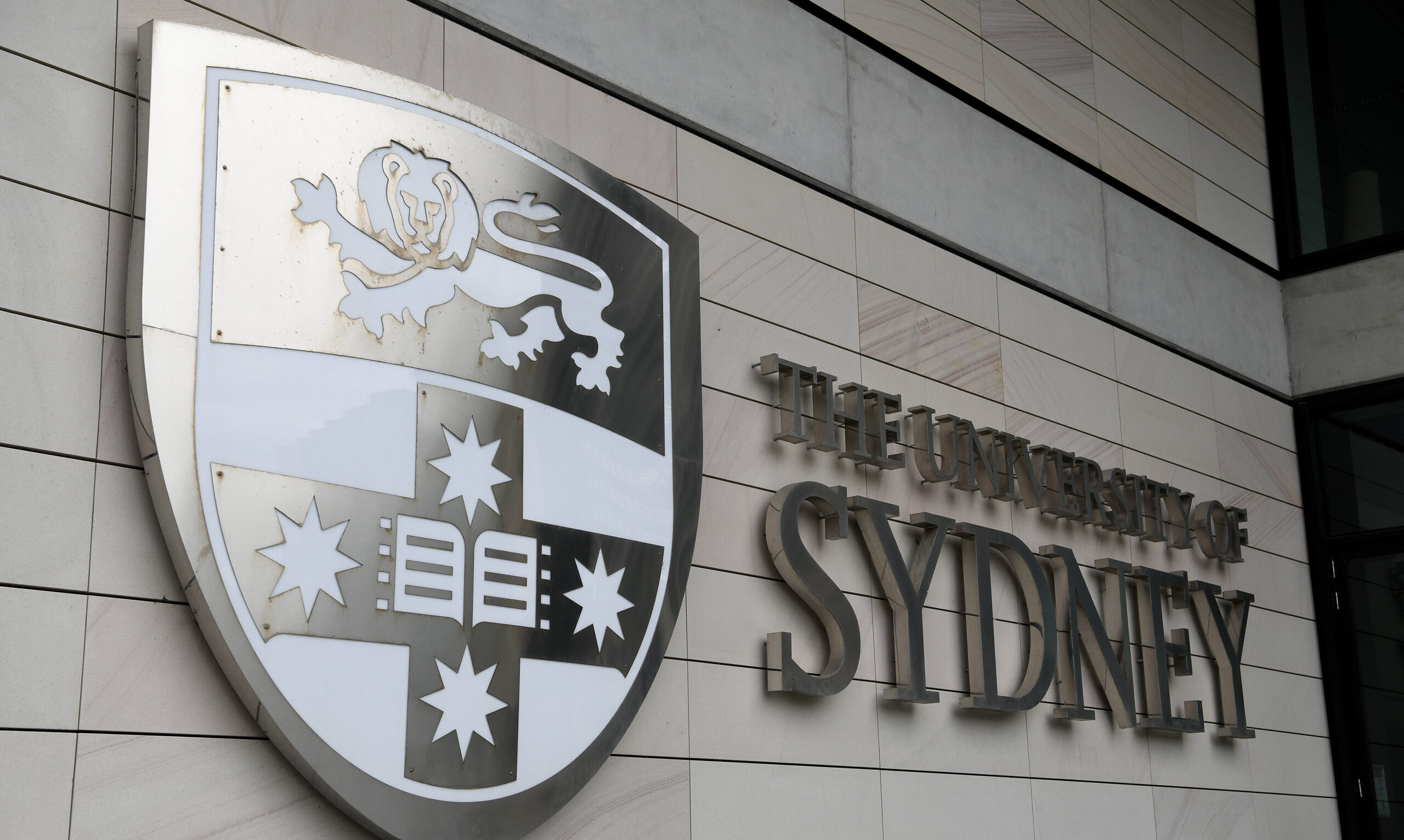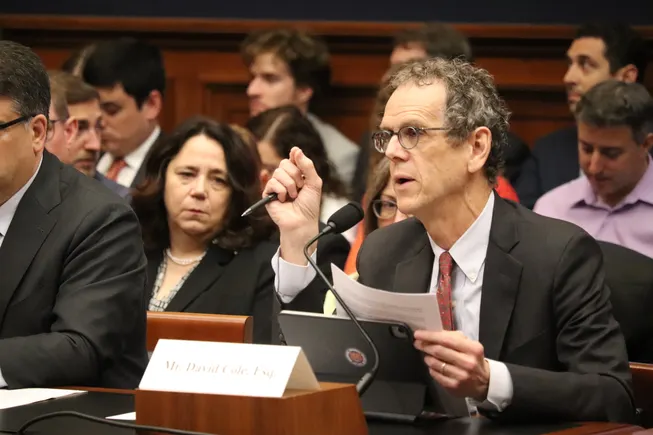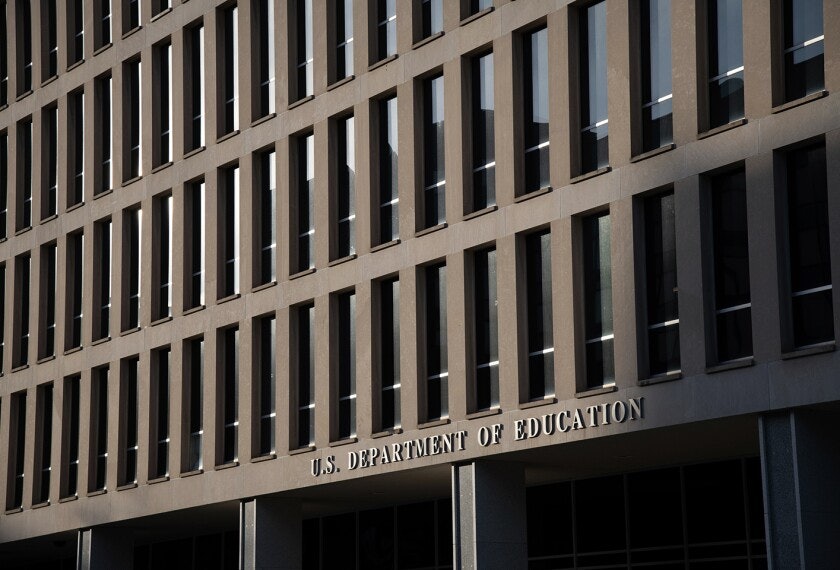NCAN said mixed-status families must make their own decision regarding whether they feel comfortable filling out the FAFSA.
College access organizations are raising concerns about students from mixed-status families—families with members who hold different immigration statuses—who are filling out the Free Application for Federal Student Aid amid the Trump administration’s mass deportation campaign.
“Although the Higher Education Act prohibits the use of data for any purpose other than determining and awarding federal financial assistance, [the National College Attainment Network] cannot assure mixed-status students and families that data submitted to US Department of Education (ED), as part of the FAFSA process, will continue to be protected,” NCAN, which represents college access organizations across the nation, wrote in new guidance.
The organization added that the Office of Federal Student Aid has said the Education Department won’t share information that breaks the law.
But “we understand many families’ confidence in this statement may not be as certain under the current administration,” the organization continued. The post advised families to consider whether to submit a FAFSA on a “case-by-case basis.”
The organization had previously published similar guidance before President Donald Trump even took office but updated it after the 2026–27 FAFSA opened late last month. Zenia Henderson, chief program officer for NCAN, said the organization has received a slew of questions about the security of the personal information entered into the FAFSA, and many of its member organizations are reporting that some of the families they work with are forgoing the FAFSA out of fear.
Previously, the Trump administration has sought to use personal data from other agencies to assist in its deportation efforts, including requesting state voter rolls, public housing data, tax information and records of who applied for the Supplemental Nutrition Assistance Program. Federal courts have blocked some of these requests.
The Trump administration has also attacked programs and initiatives that help undocumented students themselves access higher education. The administration has demanded states stop offering in-state tuition to undocumented students and has attempted to eliminate the Deferred Action for Childhood Arrivals program, which protects from deportation certain undocumented individuals who were brought to the country as children and has opened the door to higher education for this group.
Other experts and advocacy groups agreed that there is cause for concern among mixed-status families.
“Concerns are very much warranted in light of how cross-agency collaboration has been weaponized against immigrant families in recent months—including but not limited to the ostensible collusion between the Departments of Justice and Homeland Security to vacate active asylum cases when parents and children are lawfully appearing in immigration court, so that they can be apprehended on the premises by immigration enforcement and placed in detention,” wrote Faisal Al-Juburi, chief external affairs officer for RAICES, a nonprofit immigrant law center in Texas, in an email to Inside Higher Ed. “There is simply no indication that the Trump administration will adhere to legal precedent.”
Will Davies, director of policy and research for Breakthrough Central Texas, a college access organization, noted in an email to Inside Higher Ed that, even though the Trump administration’s immigration attacks have been especially worrying for mixed-status families, such families have long had to make difficult decisions about when to submit personal information to the government.
He also noted that FAFSA data is protected by the Privacy Act of 1974 and the Family Educational Rights and Privacy Act and said that, to his knowledge, no undocumented parent has ever been targeted using FAFSA data.
Cutting Off Access
For many families, the choice is not as clear-cut as simply not filling out the FAFSA. Most institutions and states calculate their financial aid offerings using the FAFSA’s formula and require students to fill out the FAFSA to take advantage of that aid. If mixed-status families do not complete the FAFSA, they are essentially cutting themselves off from almost all sources of assistance in paying for college.
“It has the potential to close a lot of doors in terms of accessing aid that’s needed, from last-dollar scholarships to merit-based scholarships,” Henderson said. “There are so many folks that ask for FAFSA information and that [the] application be competed in order to check eligibility, because they may not have their own systems or processes in place. FAFSA really is the default way to prove need.”
Three states—California, New York and Washington—have developed their own financial need calculation tools for individuals who want to be considered only for state and local aid. All three address privacy concerns, stating specifically that the data will not be provided to the federal government without a court order.
“The opportunity to pursue an education is highly valued, and financial aid is the only way many students can afford college or training,” the Washington Student Achievement Council wrote in a message, released days after Trump entered office, about aid applicant privacy. WSAC administers Washington’s state aid calculator.
“We sympathize deeply with anyone concerned about their privacy in applying for financial aid, and we support students and families in making decisions that best fit their educational goals and risk considerations. While WSAC cannot provide guidance on what a family should do in a specific situation, we do encourage students, families, educators, and advocates to review the following resources that may provide helpful information.”
Alison De Lucca, executive director of the Southern California College Attainment Network, told Inside Higher Ed in an email that her organization is working with several families who are uncertain if they will fill out the FAFSA this year; an estimated one in every five individuals under the age of 18 in California comes from a mixed-status family.
One SoCal CAN student opted to fill out just California’s state aid form, the California Dream Act Application, this year in order to protect her mother—even though she thought she might have benefited from federal aid.



